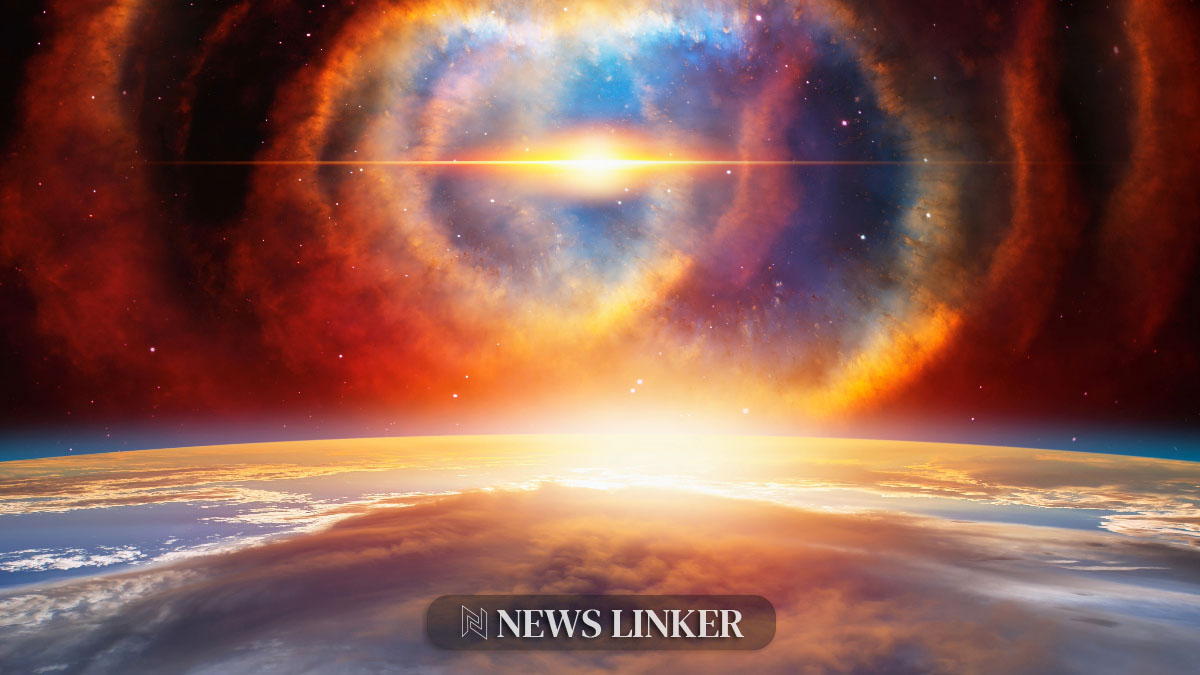The creation and potential destruction of black holes, a significant interest in modern physics, bridges the gap between theoretical concepts and experimental endeavors. This fascination extends into the realms of cosmic string interactions with four-dimensional stationary black holes, a subject explored in depth within the study published in Physical Review D in 1996. This study delves into the scenario where a cosmic string, upon close proximity to a black hole, can be captured, resulting in stationary configurations that align with principal Killing surfaces. These surfaces, defined by trajectories through the Kerr-Newman geometry’s principal null ray, emerge as the sole stationary, time-like, and regular solutions for strings that penetrate the ergosphere and approach the static limit surface. The internal geometry of these surfaces, mirroring two-dimensional black or white holes—or “string holes”—highlights an extraordinary aspect of black hole research.
In laboratories, scientists have explored the possibility of artificially creating black holes, aiming to unravel mysteries surrounding quantum mechanics and gravity. Despite concerns about the potential dangers of creating black holes in settings such as the Large Hadron Collider (LHC), it is posited that any laboratory-created black hole would be of negligible mass, posing minimal risk. This reassurance aligns with the broader goal of understanding the nature of gravity and quantum phenomena through experimental endeavors, an ambition that reflects the theoretical study’s insights into cosmic strings and black holes.
The interaction of cosmic strings with black holes, particularly the exploration of “string holes,” presents a unique avenue for addressing fundamental questions in physics. The ability of cosmic strings to bridge the exterior and interior of a black hole in a seemingly acausal manner from a two-dimensional perspective offers potential insights into the longstanding puzzle of information loss in black holes. As the pursuit of artificial black holes continues within laboratory settings, the study underscores the importance of understanding the intricate dynamics of cosmic strings and black holes. This endeavor not only contributes to our knowledge of the cosmos but also underscores the meticulous balance between theoretical exploration and experimental safety in the quest to uncover the universe’s secrets.










